So you’re thinking about Hawaii? Need a real Hawaii travel guide? Lemme tell ya – planning my Big Island trip was a NIGHTMARE.
I had a million questions, zero answers, and way too many tabs open. Was I about to blow my savings? When should I even go? Would I regret missing something amazing?
After spending time on that volcanic paradise, I’ve got stories, mistakes, and weird discoveries that my overpriced guidebook never mentioned.
This isn’t your typical Hawaii travel guide with the same recycled tips. It’s the real deal from someone who’s been there, done that, and got the wildly overpriced T-shirt.
I still get goosebumps thinking about that first swim in Kealakekua Bay. Magic Hapuna Beach sunset? Straight-up life-changing. Can’t put that magic into words, but I’ll try anyway!
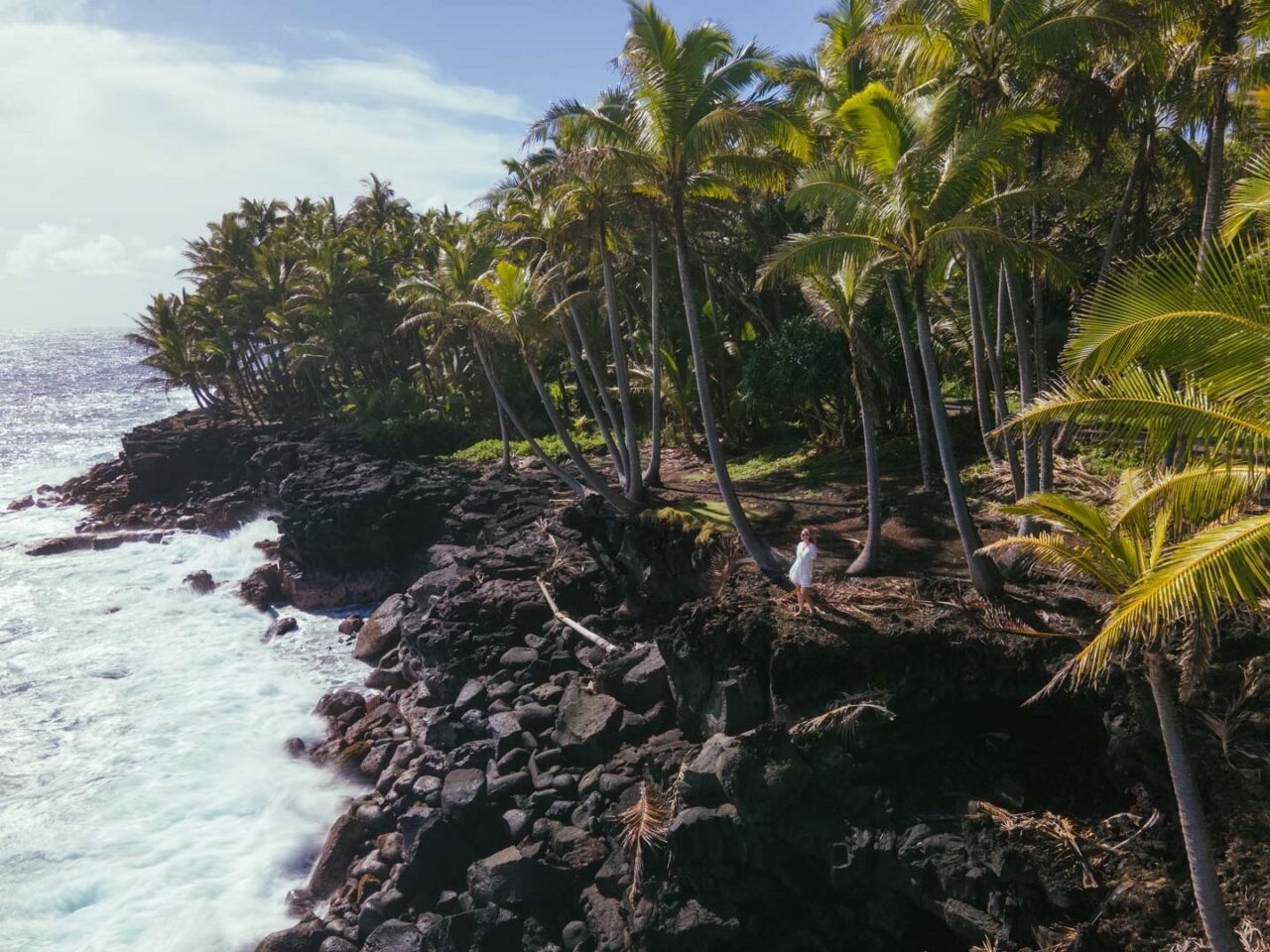
Hawaii Travel Guide: The Surprising Stuff
First shock: the locals’ “Aloha” isn’t just tourist bait. These folks genuinely welcome you with open arms!
Hawaii officially joined the USA party in 1959 as state #50, but it feels like its own little country. Despite the Starbucks and Walmarts, the islands fiercely guard their cultural identity.
The Money Talk (Brace Yourself)
Not gonna sugarcoat this – Hawaii eats wallets for breakfast.
Flying from the East Coast? Budget around $800-1200 roundtrip, depending on your timing and luck. I snagged a deal with connections (Portland → Honolulu), but those 6 hours still cost me a pretty penny.
Pro tip that saved me hundreds: flexibility is EVERYTHING. Fly mid-week. Accept layovers. Travel slightly off-season. My savings went straight to experiences instead of airline profits.
My Kona hotel? $1500 for a week. Food for two ran us nearly $750, and we weren’t even being fancy! Some nights we grabbed groceries, but even basics cost more than mainland prices.
Car rental was non-negotiable – around $375 weekly. Worth. Every. Penny. The freedom to explore random beaches and roadside fruit stands? Priceless.
How Long Should You Stay?
I booked 10 days on Big Island, which turned out to be a decent amount of time since I was flying from Portland (only a 6-hour direct flight with minimal time zone adjustment).
Even so, the days flew by WAY too fast! Those last hours on the beach before heading to the airport were bittersweet.
If possible, I’d recommend 2 weeks minimum for first-timers coming from the mainland. The Big Island is… well, BIG (twice the size of all other Hawaiian islands combined)!
You’ll want time to experience both the Kona and Hilo sides, plus the volcano area, without spending your entire vacation in the car.
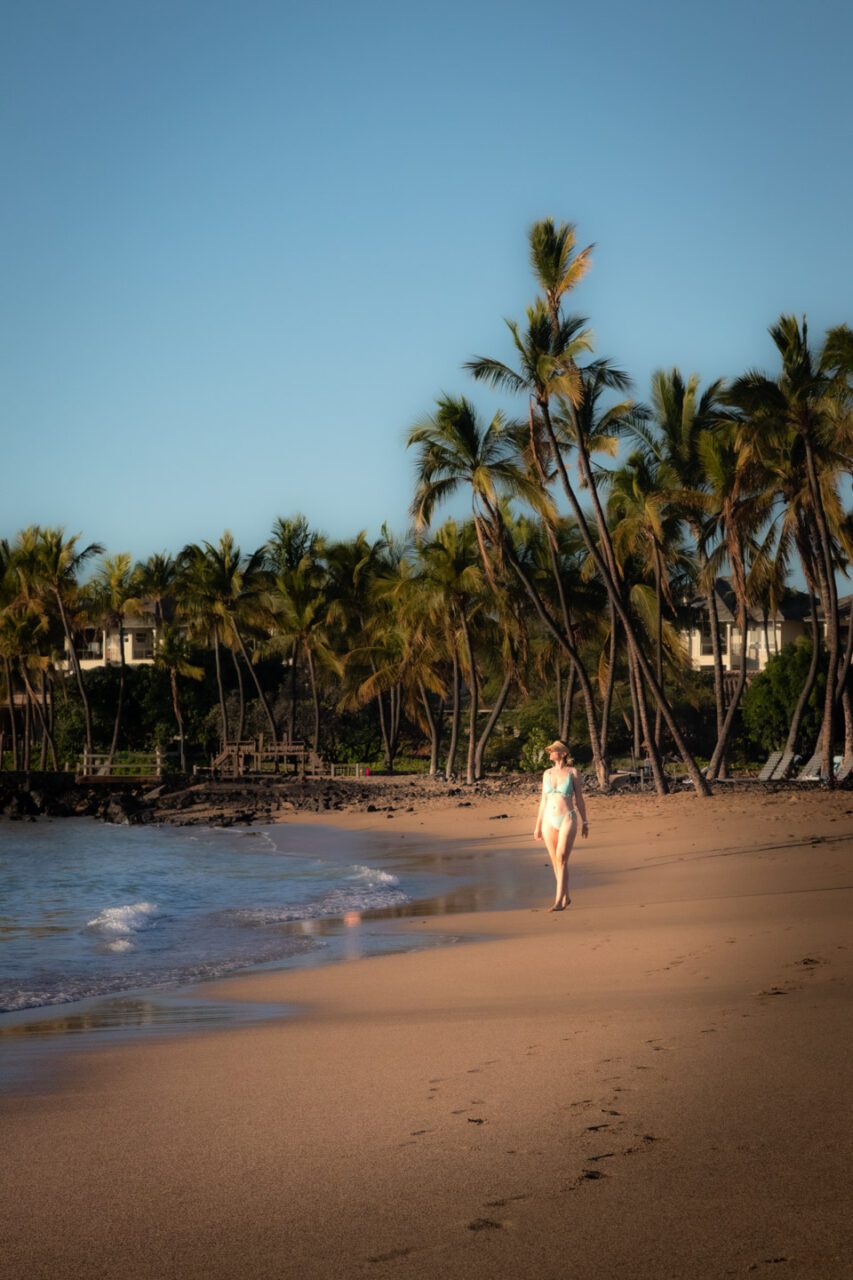
The “Everything Costs HOW MUCH??” Reality Check
The sticker shock is REAL. My first breakfast: $16.95 for basic eggs and toast.
Plus tax. Then hotels slap you with their sneaky fees – state tax (10.25%), city tax (4.21%), and those infuriating “resort fees” for amenities you’ll never use.
I tried the “I’ll just cook my own food” hack. Cute idea. Then I saw milk prices. Everything ships from the mainland, so island prices are just… different.
Getting There Without Losing Your Mind
From Portland, my 6-hour direct flight wasn’t terrible. East Coasters, pour one out – you’re looking at 11+ hours from NYC, around 9 from Chicago.
Bring good headphones and download more shows than you think you’ll need.
When to Absolutely Avoid Hawaii
Hard-earned wisdom: Skip November-December (holiday insanity), June-August (family central), and March-April (spring breakers everywhere). Unless you enjoy paying triple for everything while standing in lines.
My bestie learned about hurricane season the hard way. Her August trip involved some panicked weather-watching and backup plans.
Nothing major happened, but August-September can be dicey. Nature doesn’t care about your non-refundable deposits.
Island Picking for Commitment-Phobes
Everyone stresses about choosing between the islands. There are technically 137 islands in Hawaii, but tourists focus on four: Big Island (actual name: Hawai’i), Maui, O’ahu, and Kaua’i.
I only explored Big Island, so that’s what I can honestly talk about. Hawaii Volcanoes National Park blew my mind – walking where lava flowed just YEARS ago feels otherworldly. Where else can you do that?!
My friends swear by Maui’s beaches and that Haleakalā sunrise. Others love O’ahu’s Honolulu vibes and historical sites. Kaua’i supposedly has the most dramatic landscapes and greenery.
But honestly? Big Island alone has enough variety to keep you busy for weeks. Black sand beaches, snow-capped mountains, lava fields, rainforests – it’s like visiting multiple planets in one place.
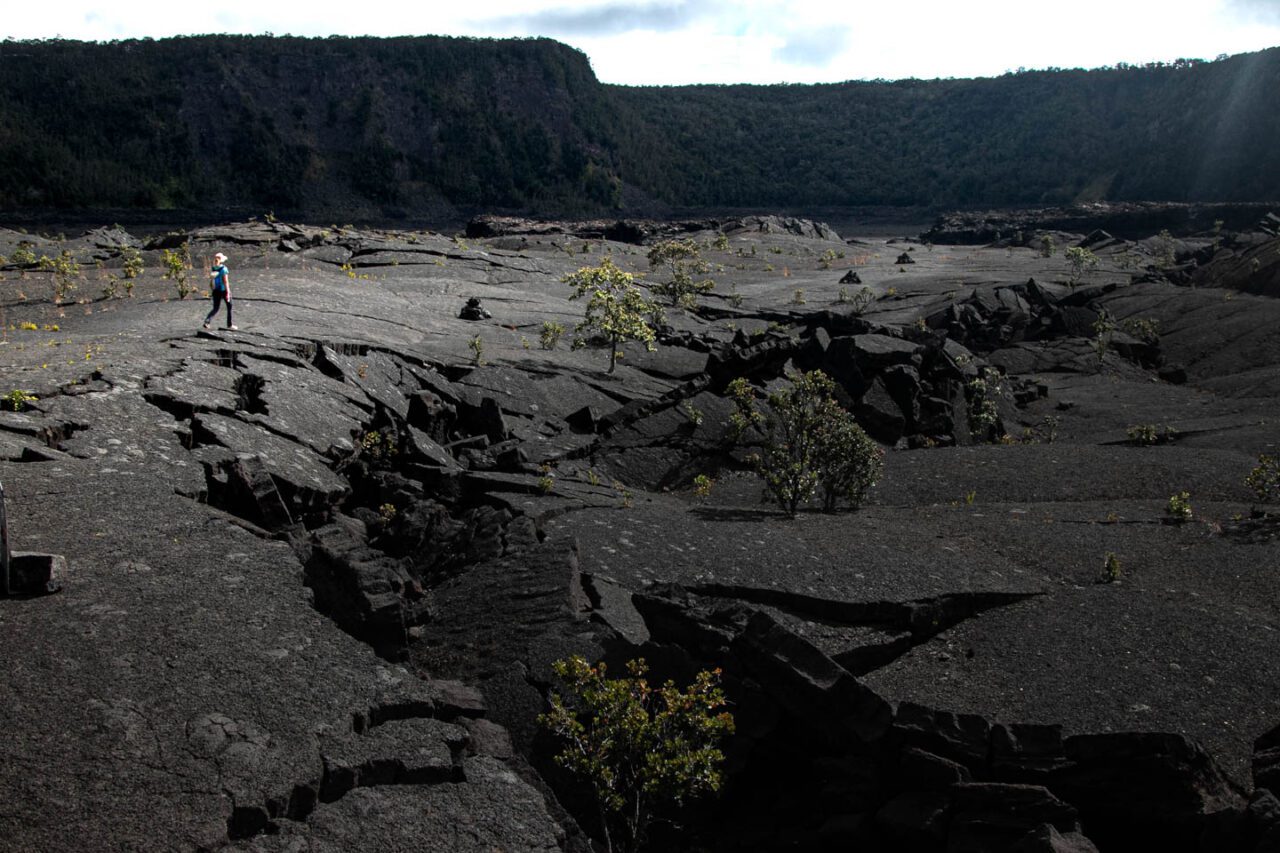
Timing Your Trip Like a Pro
Local bartenders and shop owners (always ask these folks, not hotel concierges) recommended January to mid-March, late April to early June, or early November.
I went in February and hit the jackpot – perfect temperatures, minimal rain, and calm waters for snorkeling.
The Boring-But-Important Stuff
Americans: Your regular ID works! Just like flying to Vegas or Florida.
Bringing international buddies? Remind them about valid passports (6+ months from entry) and the ESTA form ($21).
Things I Actually Did (Not Just Instagram Pretended To)
I:
- Snorkeled with tropical fish that looked Photoshopped they were so colorful (even as a mediocre swimmer with a life vest)
- Watched actual freaking LAVA (from a distance where my eyebrows wouldn’t singe off)
- Attempted hula with the coordination of a newborn giraffe
- Became evangelical about poke bowls – fresh raw fish with rice and veggies that ruins mainland sushi forever
Why Hawaii Feels Different Than Anywhere Else
Hawaii is this bizarre mashup of tropical paradise (think Thailand or Bali vibes) but with American infrastructure. Clean water, reliable internet, familiar stores – but with that laid-back Pacific Island mentality. It’s the best of both worlds.
The beaches range from pristine white to jet BLACK to even green (yes, really). Active volcanoes. Cultural performances that aren’t cheesy tourist traps. And the people – genuinely some of the kindest I’ve ever met.
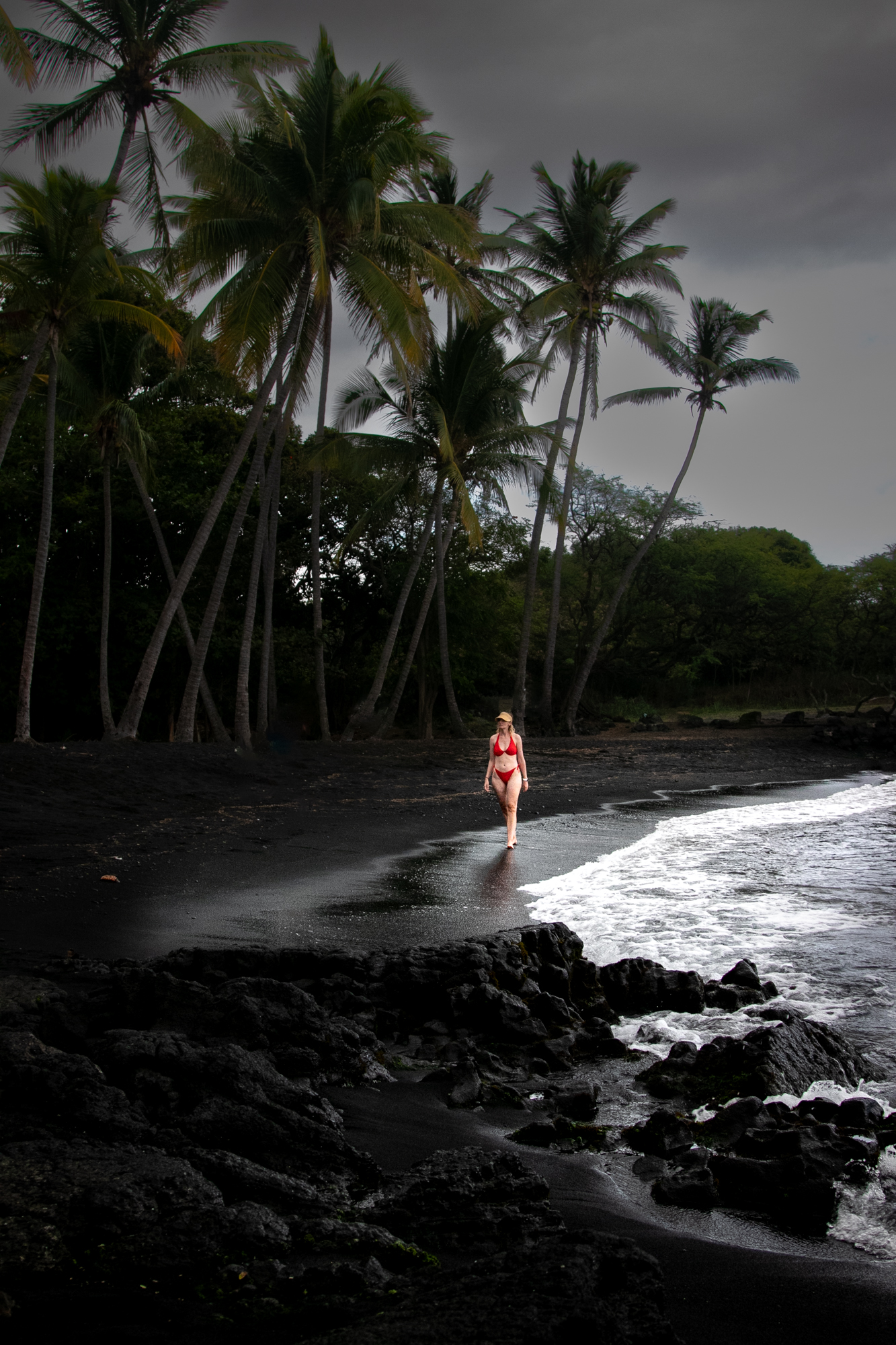
The Language Thing
Everyone speaks English, but throwing in some Hawaiian words earns major respect points. “Aloha” works for hello, goodbye, and expressing love.
“Mahalo” means thank you. Just these two words opened so many conversations with locals who appreciated the tiny effort.
Dolphin Stalking (The Legal Kind)
On my coastal cruise, we spotted a pod of bottlenose dolphins. They were PLAYING with our boat, jumping alongside us. My phone pics don’t do it justice – it was National Geographic-level amazing.
Important: Hawaii has strict wildlife protection rules. No touching, chasing, or disrupting marine life. The fines are massive, and honestly, you shouldn’t need laws to respect these creatures in their home.
Where I Crashed on Big Island
I hotel-hopped to experience different areas:
- Kona: Pacific 19 Hotel. Recently renovated, awesome pool, didn’t require a second mortgage.
- Hilo: SCP Hotel. Eco-friendly, modern, great base for exploring the rainier east side.
- Near the Volcano: Volcano Eco Cabin. Literal jungle cabin where coqui frogs sing you to sleep. Weird but wonderful.
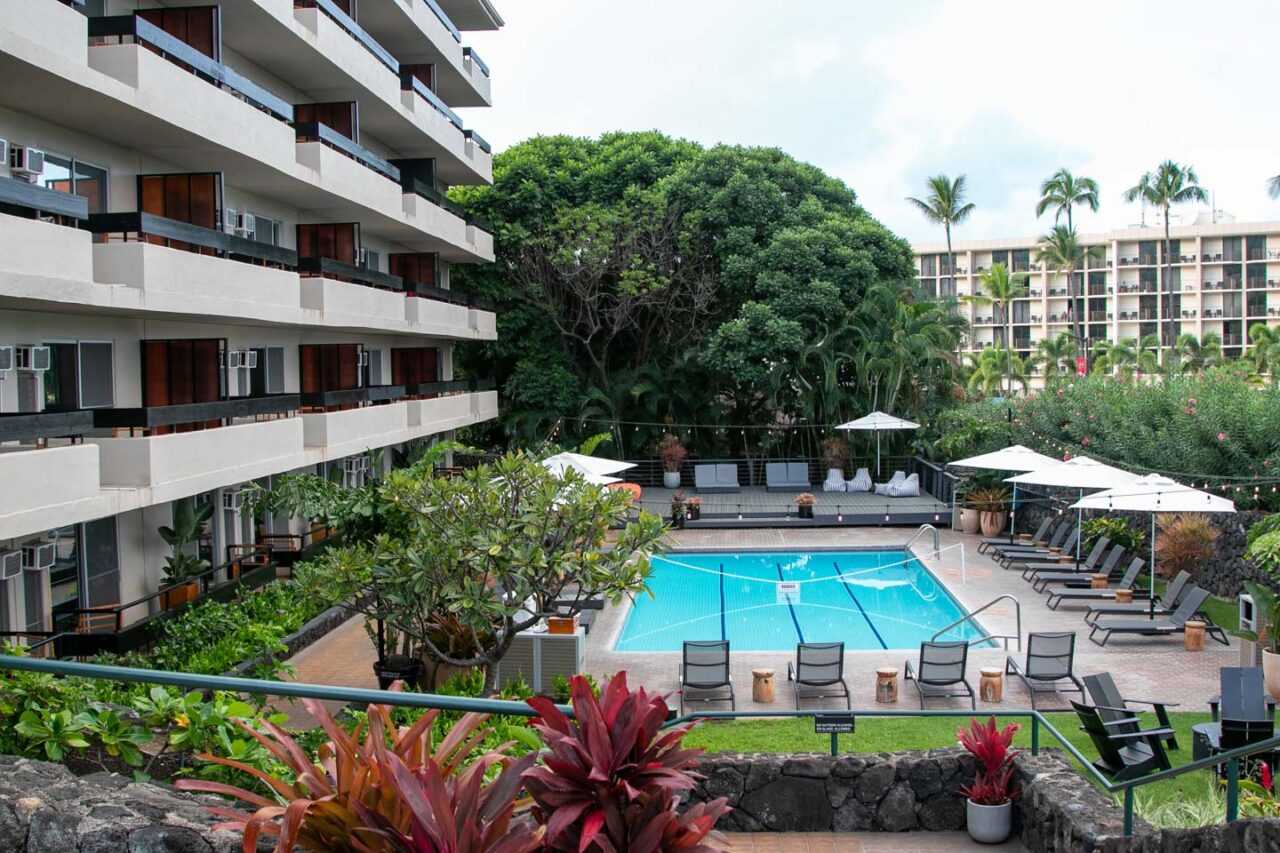
Packing Truth Bombs
The ocean feels like bath water – 70-80°F depending when you visit. Summer hits the higher range. No wetsuit needed unless you’re doing serious deep diving.
Clothing: LESS THAN YOU THINK. Shorts, sundresses, and yes, Hawaiian shirts. Locals actually wear them! I bought one my first day and lived in it.
Planning on Mauna Kea summit? Pack warm layers – it drops below freezing up there! I shivered through stargazing in my pathetic sweatshirt while smarter tourists bundled up.
Souvenirs That Don’t Suck
Skip the made-in-China junk. I brought back:
- A kukui nut lei (traditional Hawaiian necklace)
- Kona coffee that ruined me for all other coffee forever
- A tiny ukulele for my nephew (his parents love me less now)
WARNING: Don’t take volcanic rocks, beach sand, or plants. Beyond bad karma, there are actual airport checks and hefty fines.
Sharks and Other Stuff That Won’t Kill You (Probably)
Yes, sharks live in Hawaiian waters. I spotted a reef shark while snorkeling. No, they don’t typically bother humans.
The real dangers? Strong currents and sudden big waves. Always check with lifeguards and heed warning signs. They’re not killjoys – they’re saving your life.
I had one run-in with a Portuguese man-of-war (jellyfish-like creature). Their stings hurt like hell, so watch for purple bubble things floating on the water.
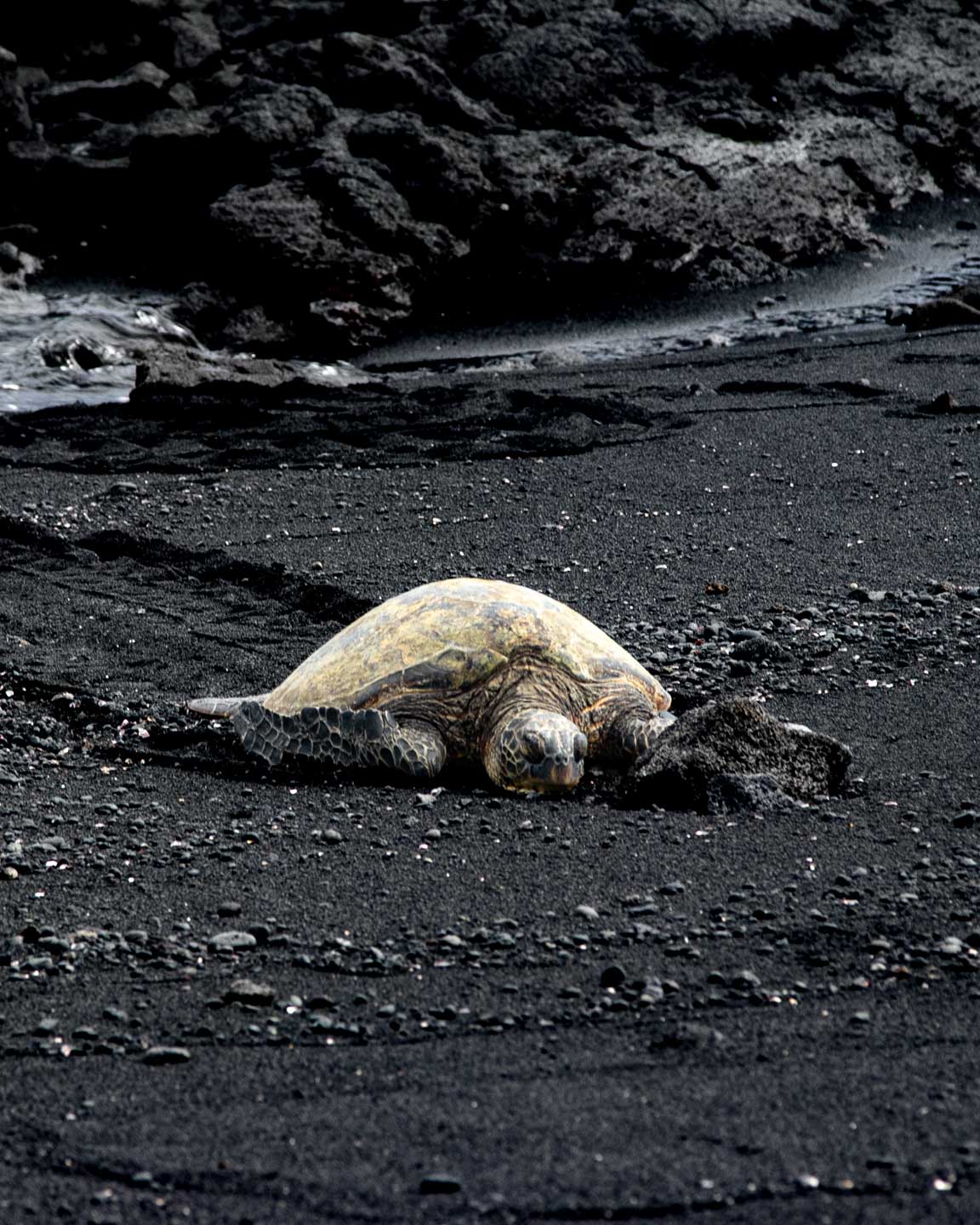
Island Safety Realities
I felt safer walking around Hawaii than most mainland cities. Still, use common sense: don’t leave valuables visible in rental cars or unattended on beaches.
Natural disasters present the biggest risk – earthquakes, volcanic activity, hurricanes. Sign up for local alerts and actually READ the emergency info in your hotel room.
Wild Facts That Blew My Mind
- Polynesian navigators found these isolated islands in the 4th-5th century WITHOUT INSTRUMENTS. Just stars, currents, and insane knowledge passed down generations. Meanwhile, I get lost with Google Maps in grid-pattern cities.
- Mauna Kea is technically the world’s tallest mountain from base to peak – much of it’s underwater!
- I spotted a nene – Hawaii’s state bird and world’s rarest goose species. Almost went extinct before conservation efforts saved them.
- Mauna Loa is Earth’s largest active volcano by volume. Last erupted in 2022 after decades of quiet, freaking everyone out.
- Hula isn’t just random hip-shaking – it’s a sophisticated storytelling art where every hand gesture has specific meaning.

Travel Budget Calculator
Get your free Travel Budget Calculator now and plan your trip without the stress of overspending!
Hawaii Travel Guide: Final Thoughts
Hawaii changed how I think about travel. It somehow delivers on the impossibly high expectations you bring to a place that’s been built up as paradise.
Is it expensive? Yep. Will your credit card cry? Probably. Should you still go? ABSOLUTELY.
Some experiences justify the splurge, and Hawaii is one of them. Just don’t rush it. Save longer if needed to do it right.
Questions? Shoot me an email. Planning my trip was a headache, so I’m happy to help others avoid my mistakes.
If this guide helped, sharing with your travel-obsessed friends would make my day.
Aloha! (See how I worked in my new Hawaiian vocabulary?)
Pin it for later!
More good stuff to check out:
- 10 Awesome Things to Do in Hawai’i Volcanoes National Park
- Top 15 Things to Do on Hawaii Island You Simply Can’t Miss
- The Ultimate Guide to the Best Places to Eat on the Big Island
- Everything You Need to Know Before Renting a Car in the USA
- The Ultimate 4-Day Oregon Coast Road Trip Itinerary (2025)
This article contains affiliate links. If you make a booking through these links, I may earn a commission, supporting this blog. Rest assured, my recommendations are based on honest assessments, and using these links doesn't affect prices for you. Thank you for your support!

